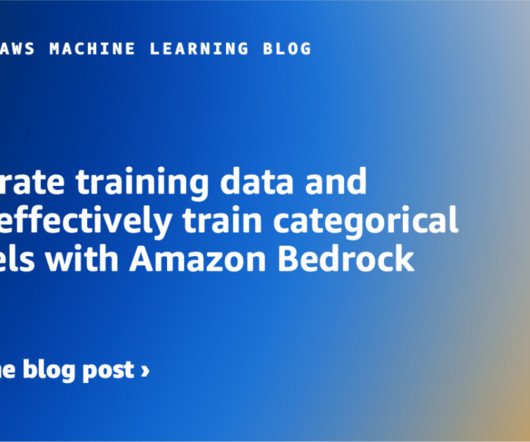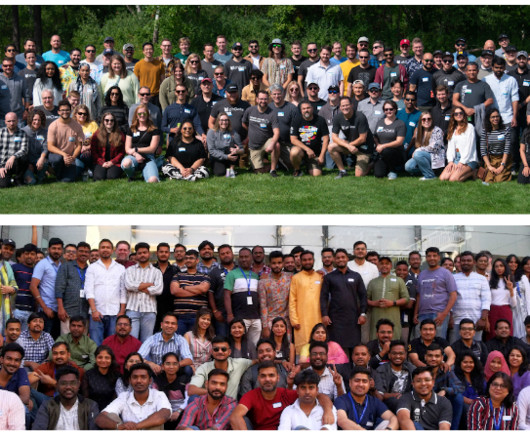Reducing hallucinations in LLM agents with a verified semantic cache using Amazon Bedrock Knowledge Bases
AWS Machine Learning Blog
FEBRUARY 21, 2025
Previously, he was a Data & Machine Learning Engineer at AWS, where he worked closely with customers to develop enterprise-scale data infrastructure, including data lakes, analytics dashboards, and ETL pipelines. He specializes in designing, building, and optimizing large-scale data solutions.















Let's personalize your content